



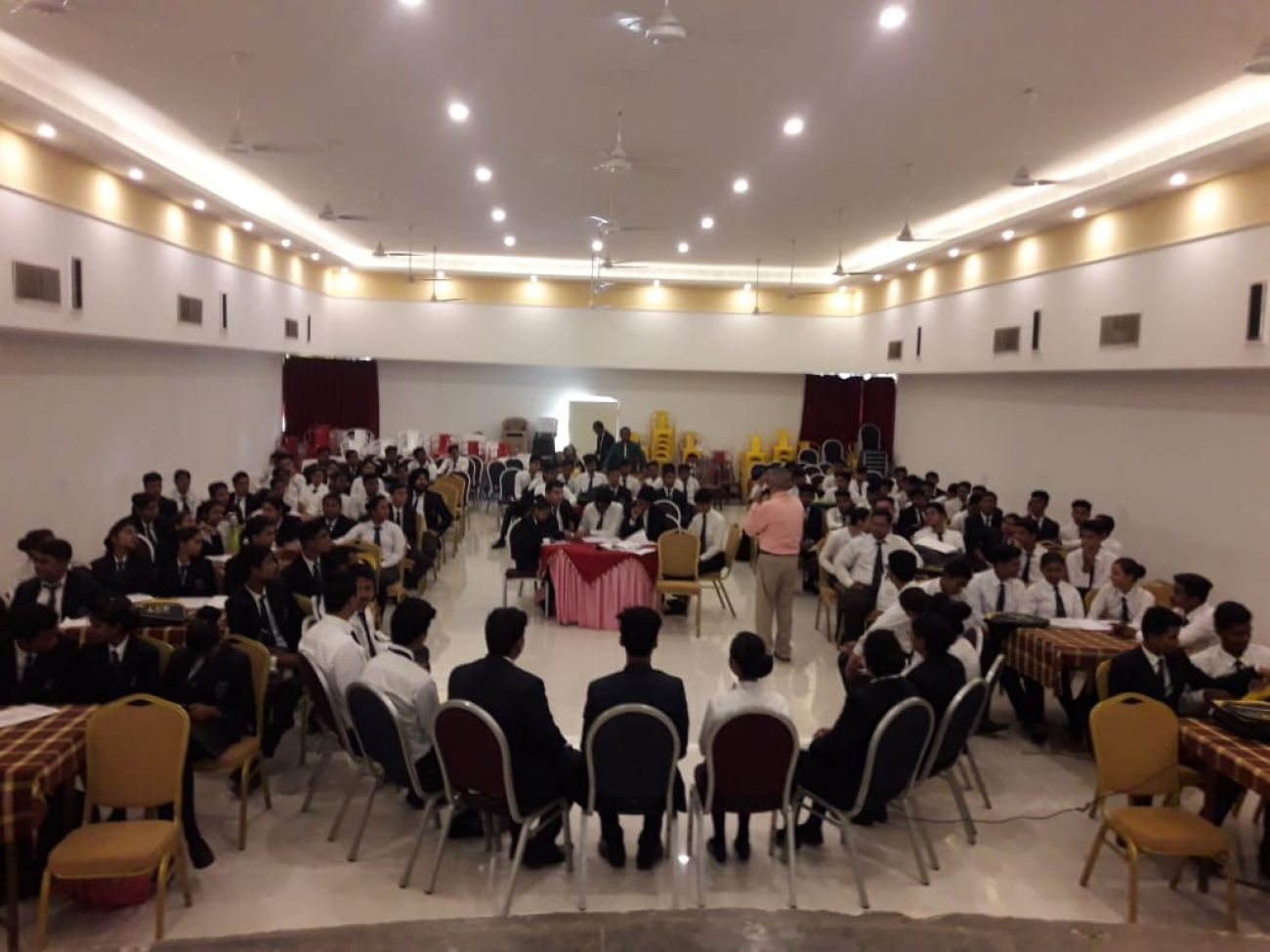
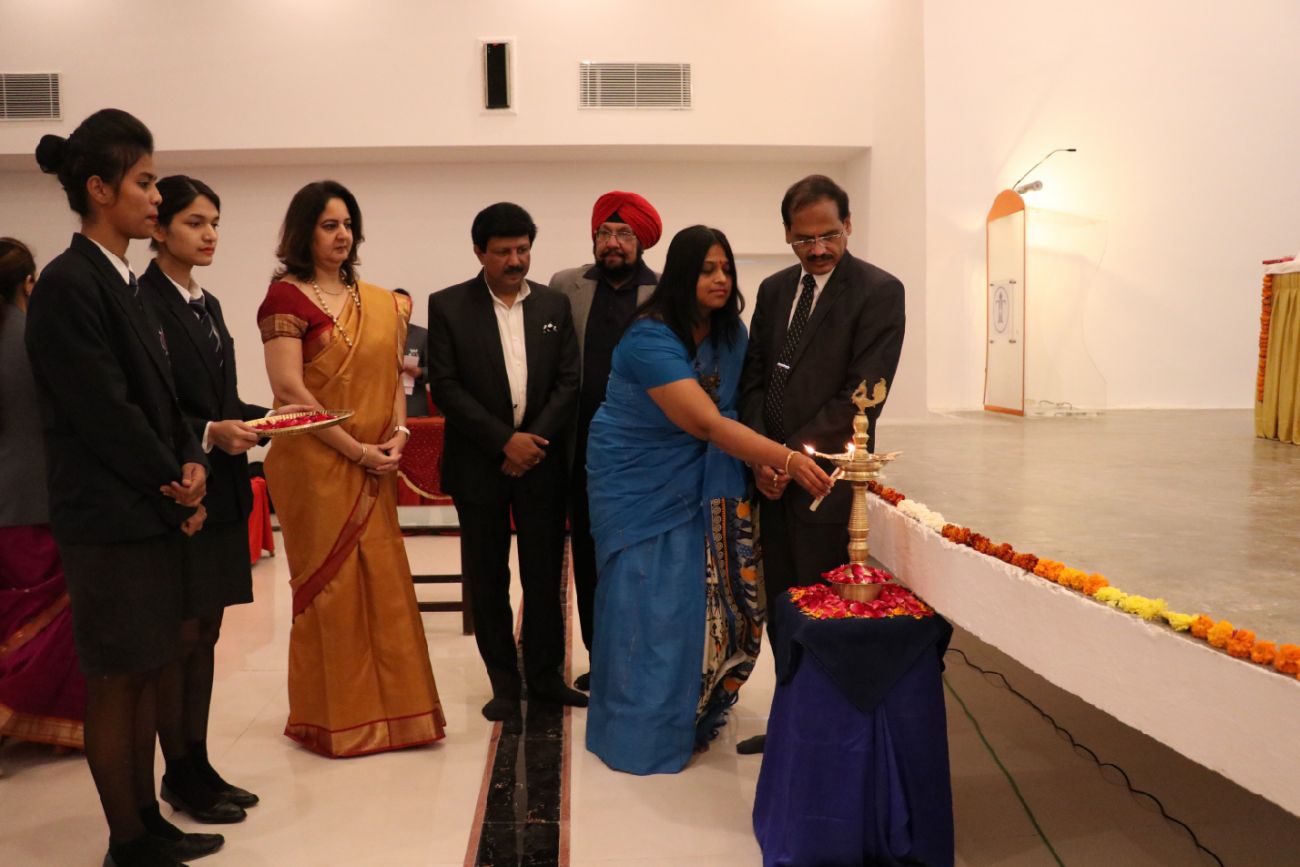
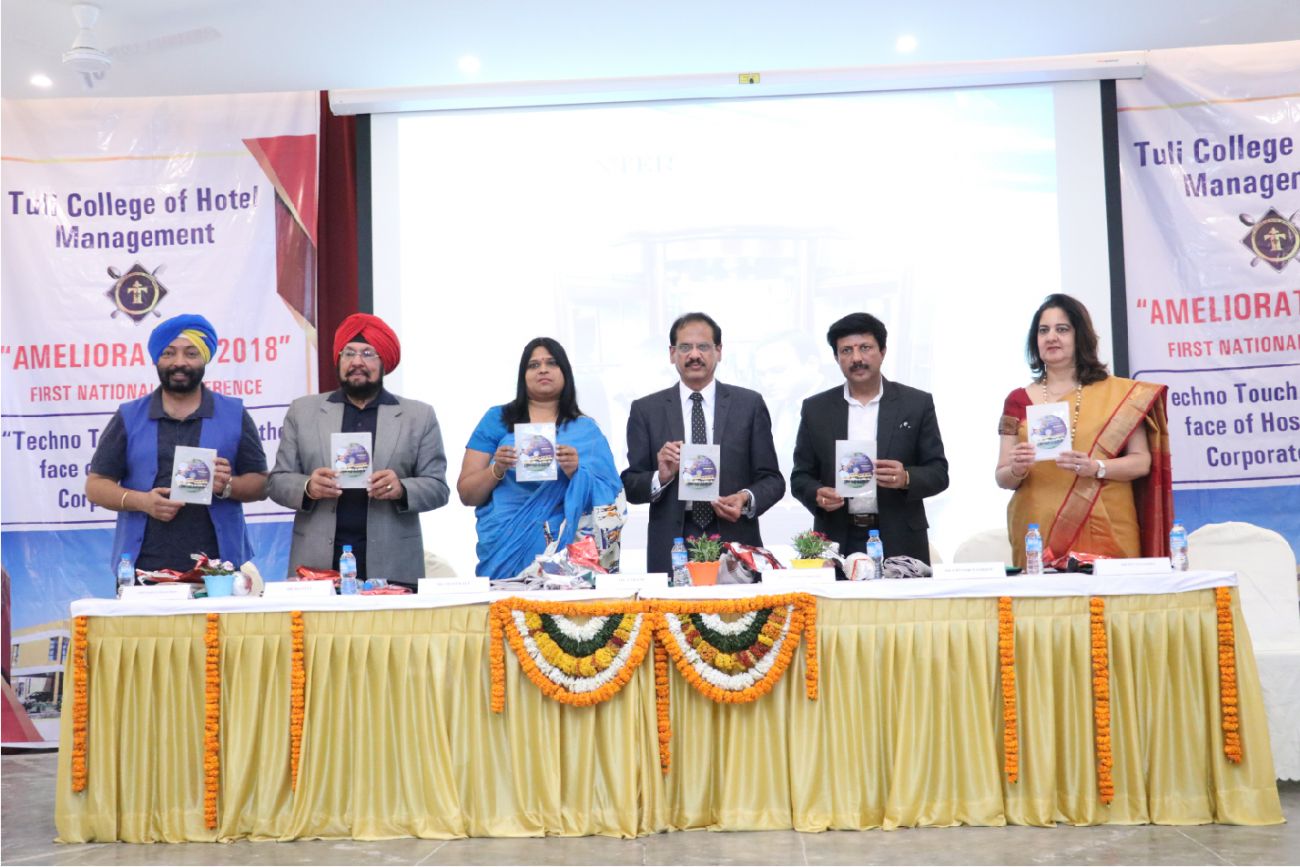
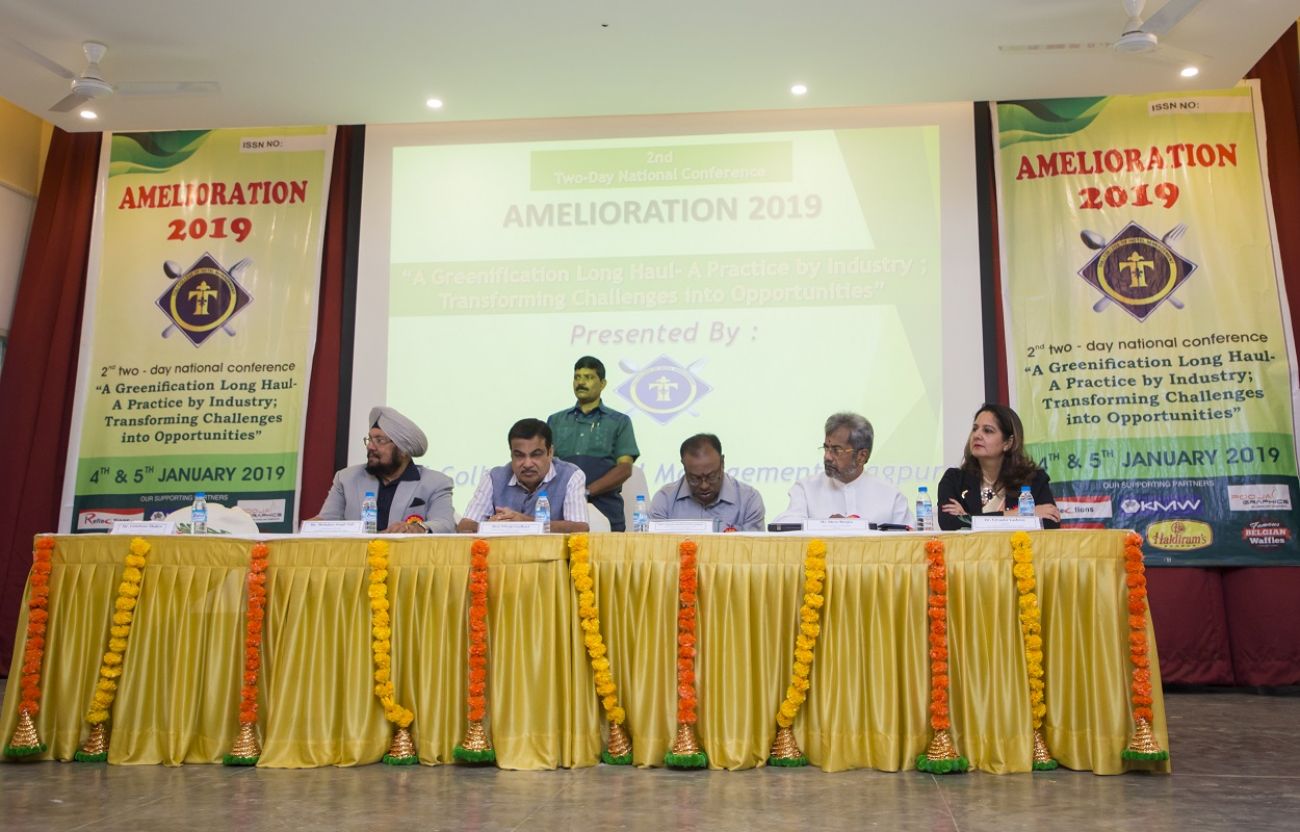
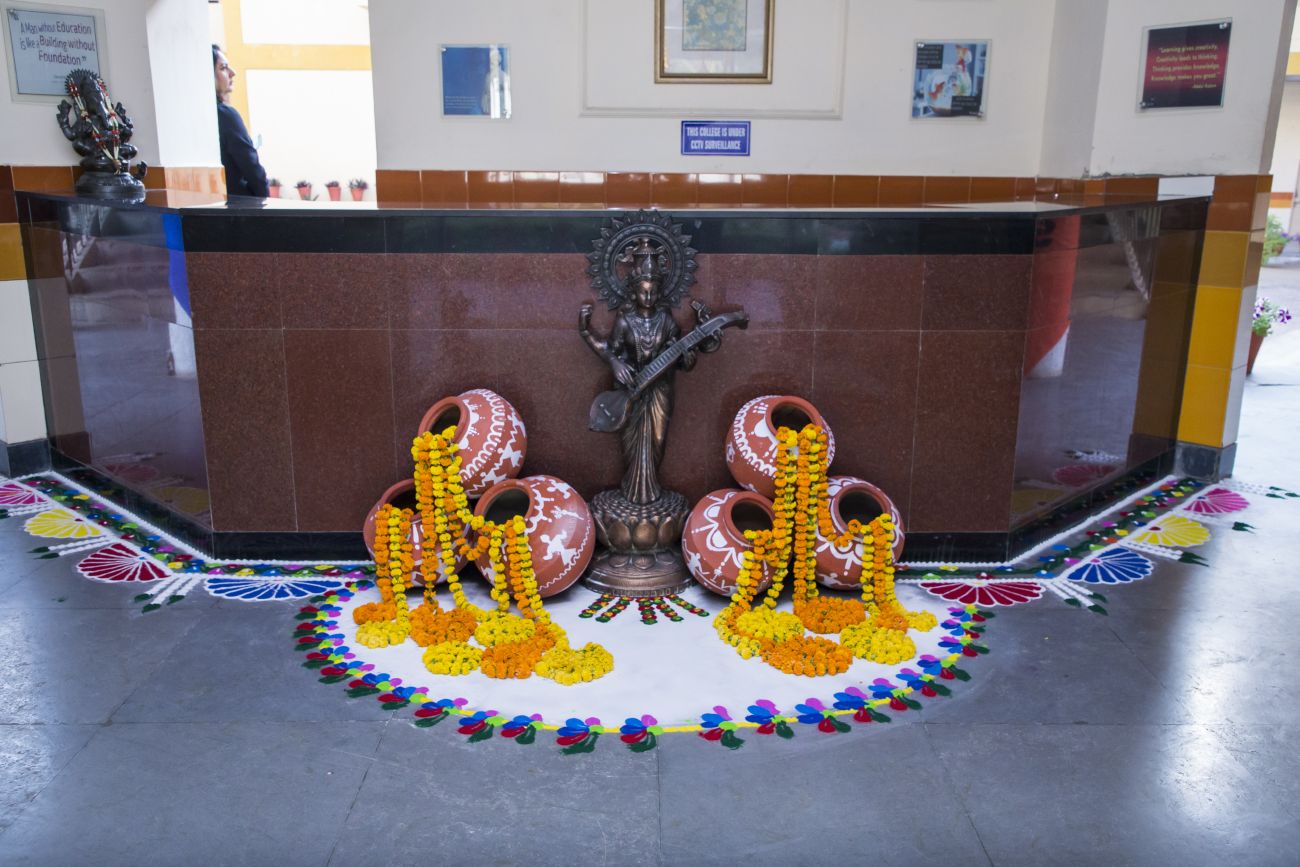
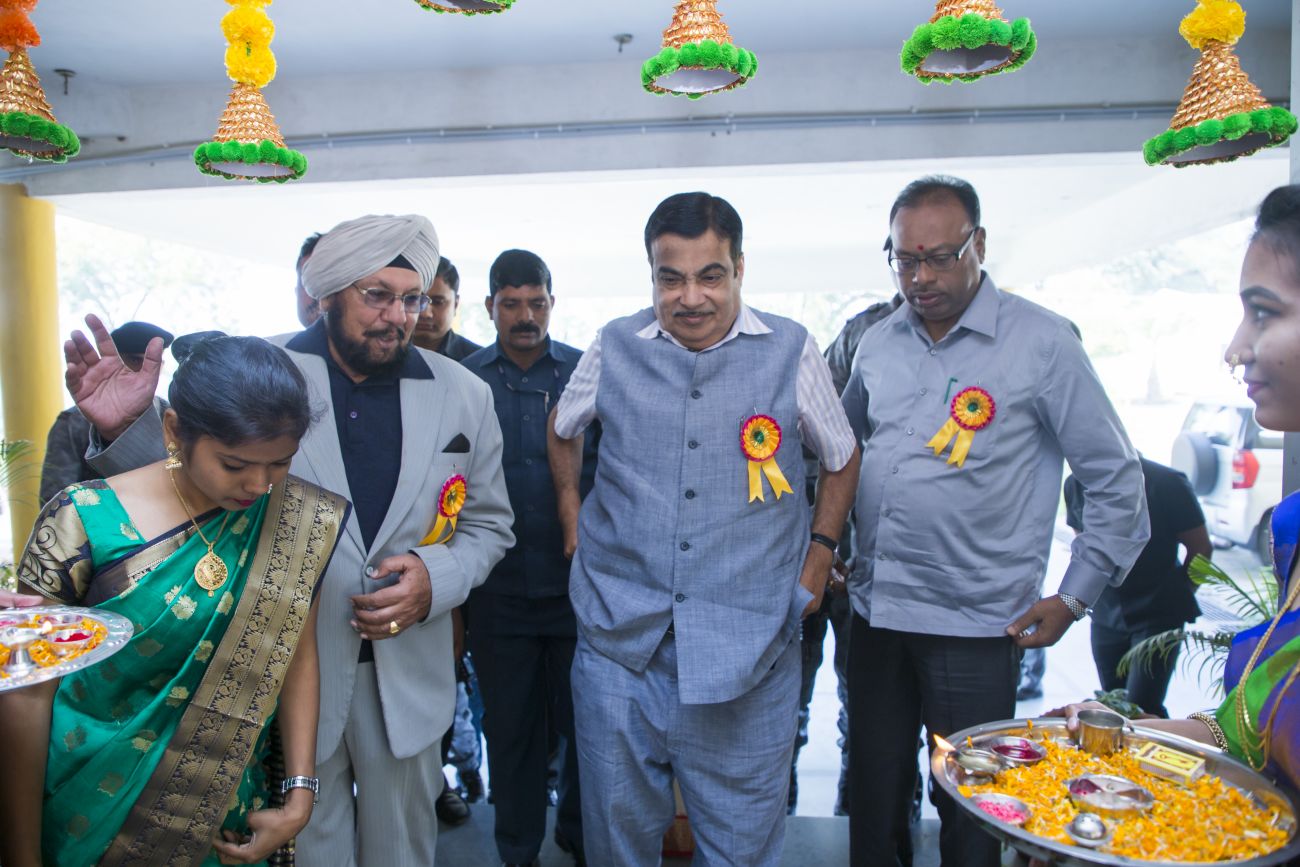
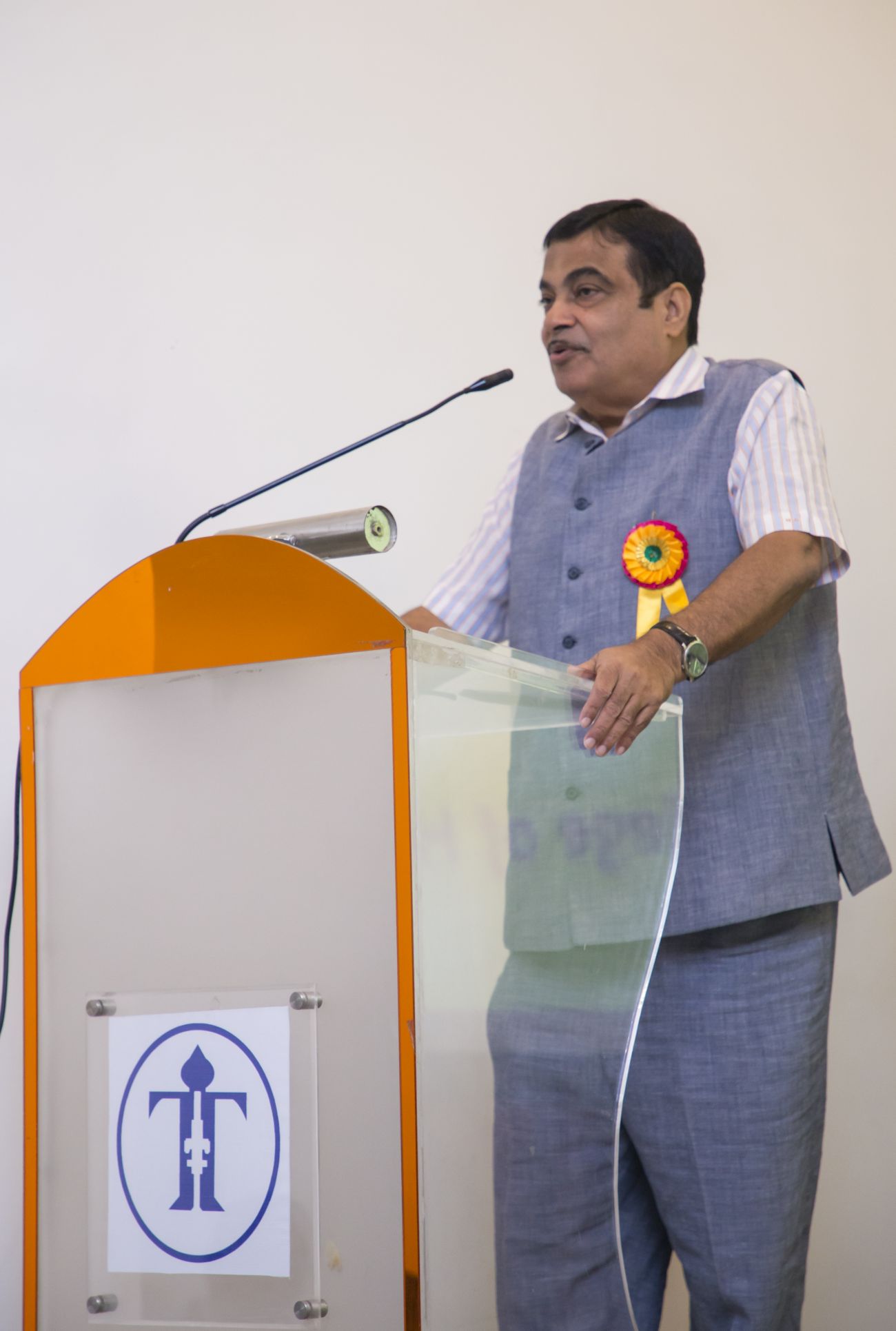
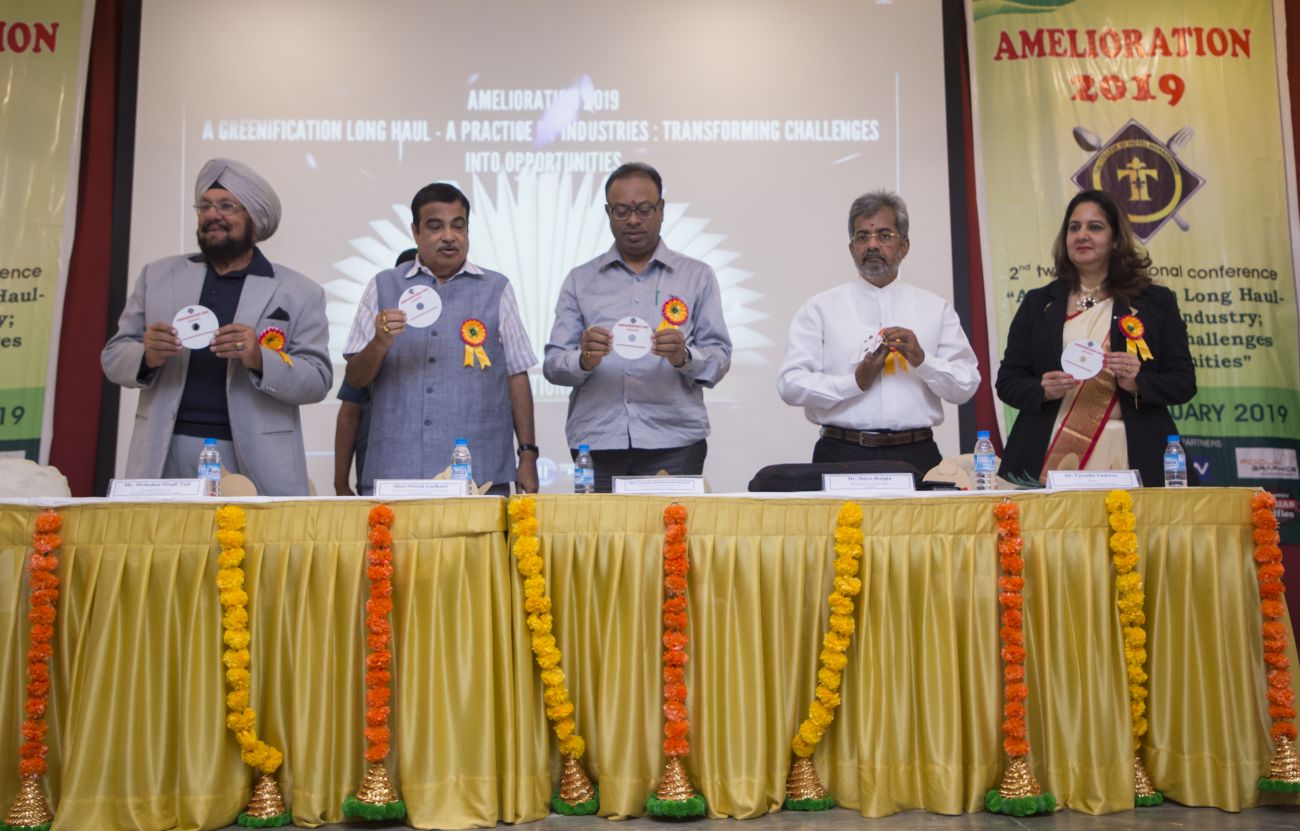
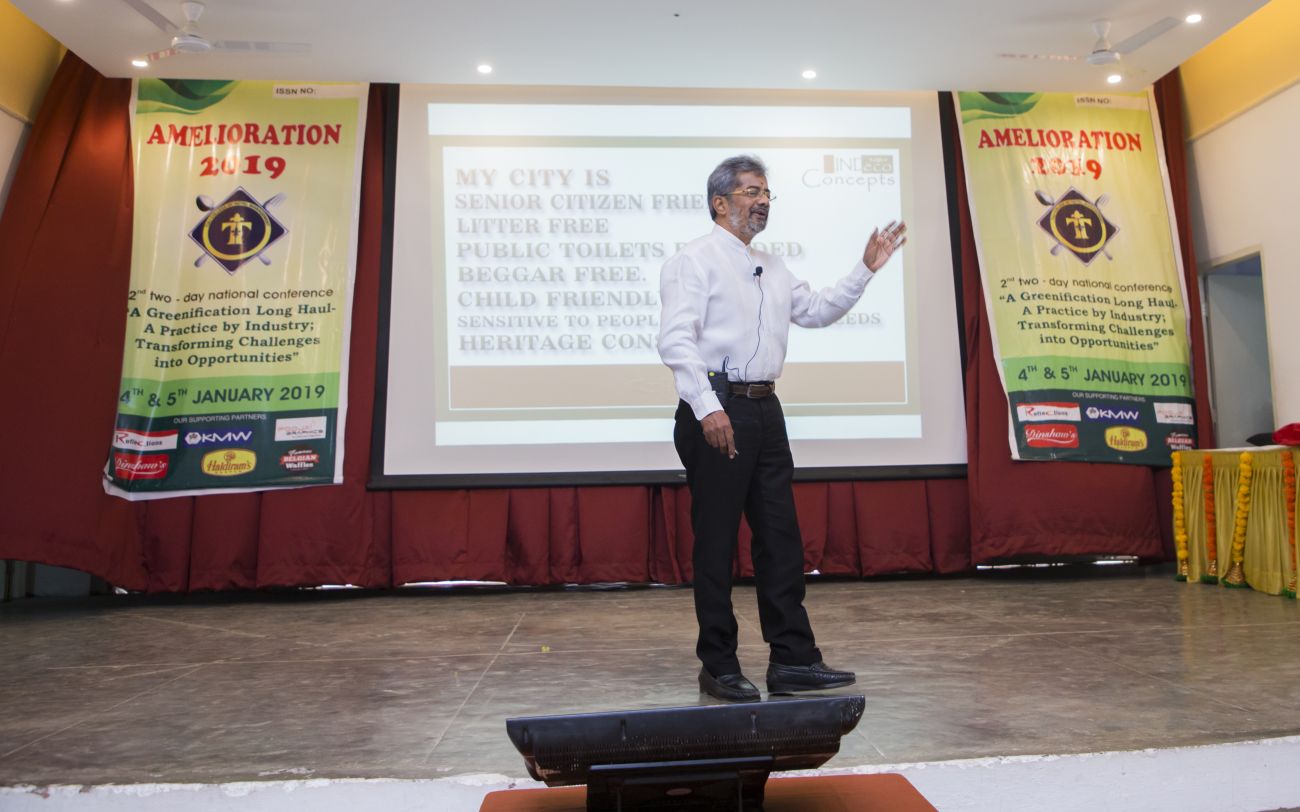
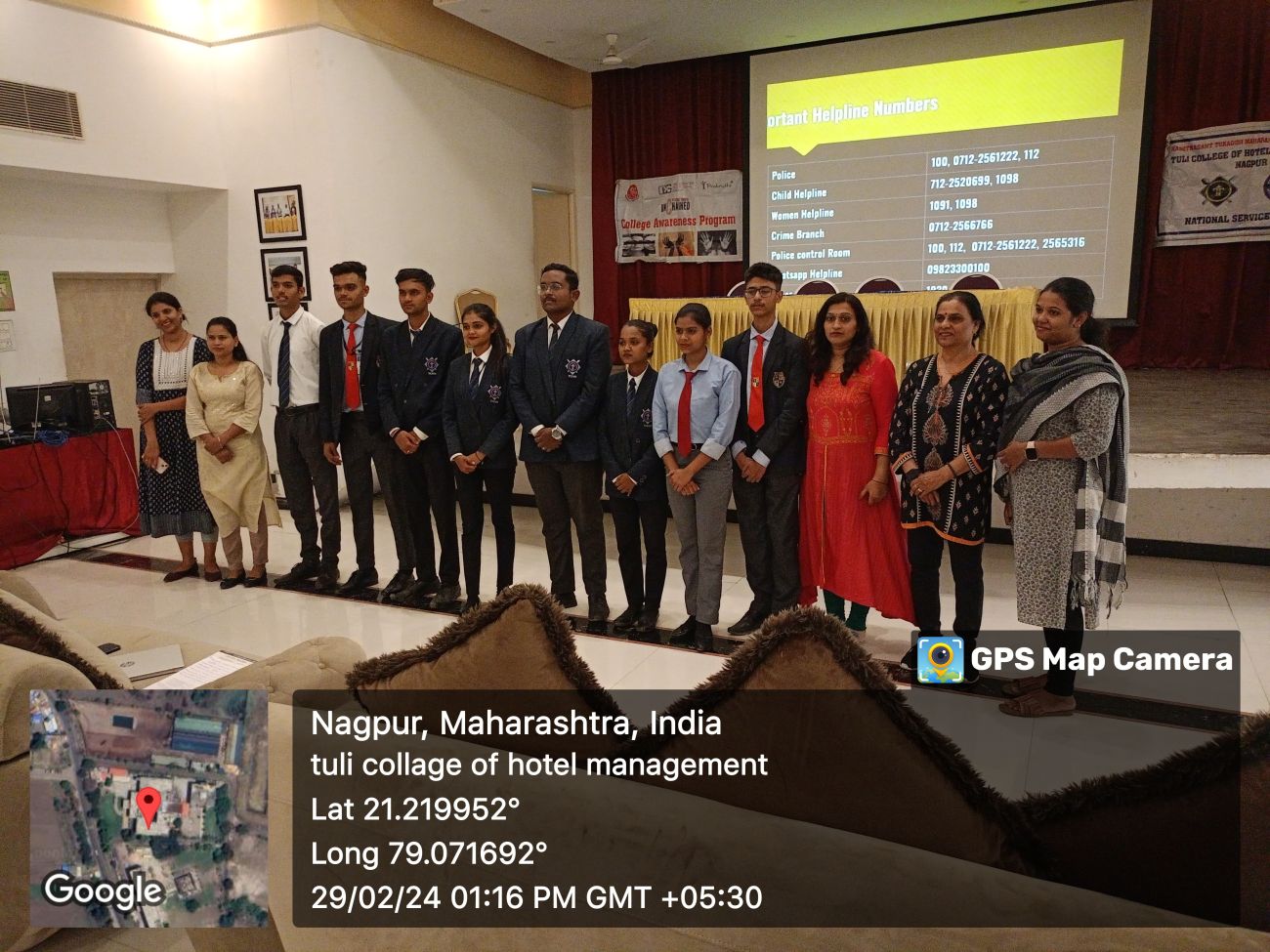

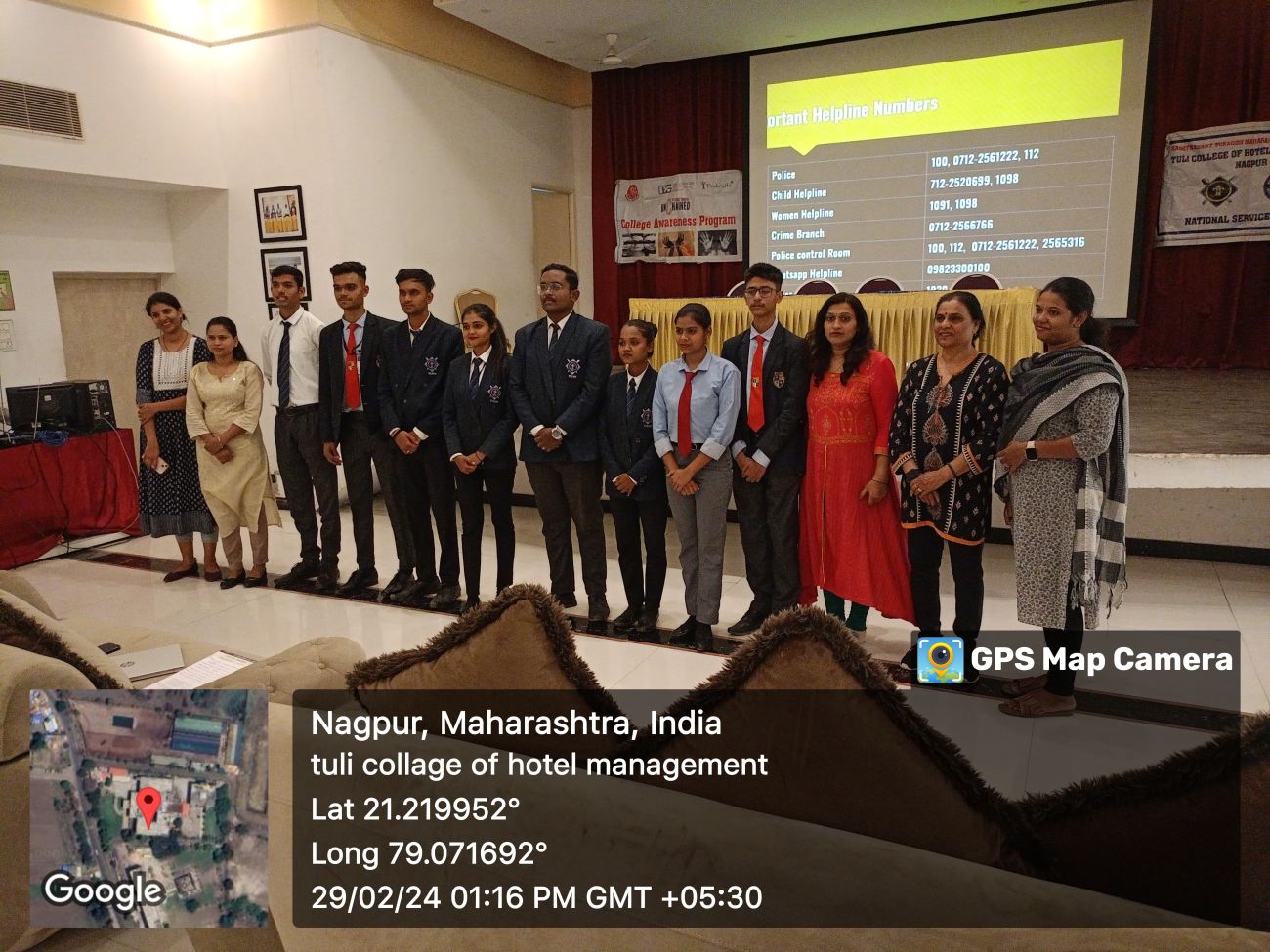
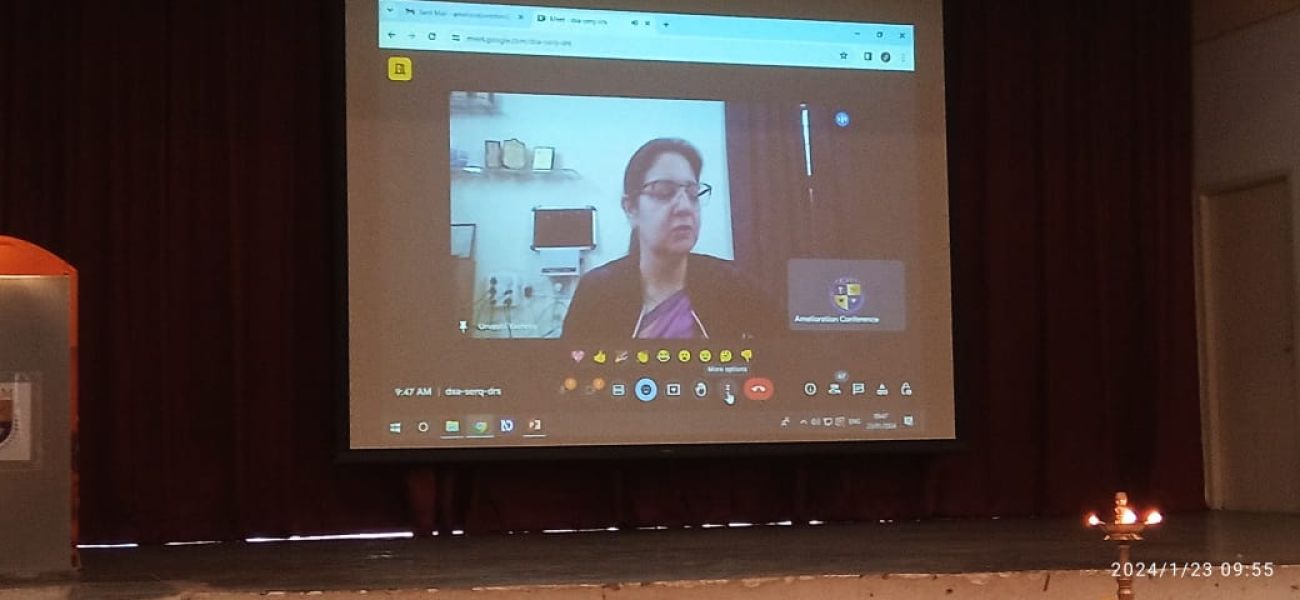
ABHA BANSOD
Postal Address:
Tuli College of Hotel Management
Tuli Edu City, Near Koradi Octroi Post, Bokhara Road,
Nagpur – 441 123
Ph. No. - +919970058084 / 9766913922
e-mail : abhabansod@gmail.com
INTRODUCTION
India is a rich country of diverse cultures. It is unlike other countries of the world where mostly one culture is followed. This diversity is what is creating an obstacle in boosting graveyard tourism in India. Other foreign countries do not have an orthodoxy that prevents people going to the graveyards.
People in India are dominated by orthodoxy as most of the population belongs to diverse religions. There are hardly people who will look after tombstone cemeteries as a point of tourist attraction or a place where they can find peace.
Cemeteries as ritual meeting places of the living and the dead have become an integral part of urban tourism supply. The cemeteries are known for its serenity and its cultural landscapes. The primary reasons for the tourists to visit cemeteries include the opportunity to escape from the hustle and bustle of the city as well as to appreciate the natural surroundings. In addition, they are also engaged in several cultural activities such as taking photographs, visiting certain tombs or expanding their knowledge.[8]
But, on the contrary in country like India, visiting cemeteries for spending quality time is quite shocking. City like Nagpur is not seen on the tourist map and needs a real upliftment for the sake of it. The findings of the study proved that the locales of Nagpur city don’t equivocally regard the graveyards as the integral part of the city’s cultural landscape.
There is an urge to promote tourism of different forms in the city to uphold its position on the tourist map. This paper emphasizes on the promotion of graveyard tourism in Nagpur city.
OBJECTIVES
1. To explore different tombstone graveyards including different religions and its effect on tourism.
2. To analyse the scope of development with respect to area (in acres), maintenance, location, beautification & marketing.
3. To study the sizeable groups of tourists interested in graveyard tourism.
4. To understand graveyard tourism as an economic multiplier.
REVIEW OF LITERATURE
World Scenario of Graveyard Tourism
Cemeteries might not seem like obvious tourist attractions, but the fact is they draw visitors by the millions. Consider for a moment their mix of celebrity and scenery, architecture and history, and you can understand why these sites have become hotspots for guided tours, theater events and happenings of all sorts.[1]
Although urban cemeteries as ritual meeting points of life and death have become an integral part of city tourism, contemporary tourism literature mostly embeds them in dark tourism, neglecting the experience-rich potentials of cemeteries as cultural products.[5]
cemetery tourism makes a fascinating cultural display for tourists, offering both nature-based and cultural activities, therefore, it can be rightfully placed in heritage and cultural tourism.[5]
Position Of Cemeteries In Tourism
According to Oxford dictionaries (www.oxforddictionaries.com, 2013) a cemetery is “a place for burying the dead; a graveyard.” In tourism literature cemetery is linked to dark tourism and the phenomenon was first labelled by Lennon & Foley (1996). Their definition of dark tourism says (1996, p.198) “the phenomenon which encompasses the presentation and consumption (by visitors) of real and commoditized death and disaster sites”. A decade later Tarlow (2005, p.48) defines the concept as “visitation to places where tragedies or historically noteworthy death has occurred and that continue to impact our lives”. Dark tourism for Sharpley and Stone (2009, p. 4) mean “for as long as people have been able to travel, they have been drawn – purposefully or otherwise – towards sites, attractions or events that are linked in one way or another with death, suffering, violence or disaster”. Another well-known scholar, Seaton (1996, p. 234) favours the term thanatourism and describes the thanatourist “a tourist motivated by the desire for actual or symbolic encounters with death.” Seaton distinguished the following types of thanatourism: 1. Travel to watch death such as public hangings or executions 2. Travel to sites after death occurred such as Auschwitz 3. Travel to internment sites and memorials such as graves and crypts 4. Travel to reenactments such as Civil War reenactments 5. Travel to synthetic sites at which evidence of the dead has been collected such as museums According to Stone (2006, p.146) „Dark tourism is visiting or travelling to those sites that are associated with tragedy and death.” He points out that certain sites may be darker than others due to their characteristics, perceptions and product traits.[5]
Cemetery tourism is fuelled by some intriguing contemporary phenomena. „Goods and services are no longer enough”. - say Pine & Gilmore (1999, 2012, p.1), and the shift from the service economy towards to experience economy creates ideal conditions for niche products. Cemeteries as complex attractions certainly fit the bill, offering a variety of experiences for visitors. In our advanced world people yearn for the experience of the authentic, and in urban tourism context cemeteries can be the crown jewel of city breaks. With the help of the Pine & Gilmore model, it can be easily proven that cemeteries guarantee all four experiences necessary for a fully-satisfying visit.[5]
However, different cemeteries provide a different set of experiences, greatly depending on their style, especially the layout and the proportion of built structures versus green spaces. Some are more like outdoor sculpture museums while others are rather lawn parks, the rest is somewhere in between. Gecséné Tarr (2012) identified three main European cemetery cultures. Neo-Latin countries like France, Italy, Spain and Portugal focus on the prominent tombs and crypts, while greenery plays a secondary role. In contrast, in Western countries like Germany, the Netherlands and England the natural landscape is a key feature. As a result, lawns are more important than flowers and plants. The Northern countries including Sweden, Norway and Denmark have so called „lawn cemeteries”, without proper paths and there are scarcely planted trees, bushes and flowers. In Central Europe the eclectic blend of Western and Latin style reigns supreme.[5]
Regardless of their design, cemeteries have complex attraction power. “Attraction incites tourists to go to a place” (Michalkó 2012, p. 93). Puczkó & Rátz (2003) argue that modern tourists have become more seasoned travellers with more sophisticated needs and expectations, therefore, niche products might be more appealing to them than to their parents. Seaton (2002), Meyer & Peters (2001) also acknowledge „Dark Resting Places” as urban regeneration tools. Furthermore, cemetery tourism will also profit from the ageing of modern societies where an ever growing number of seniors continue to travel, and mature age tourists are keen to enjoy cultural offerings with a natural slant such as cemeteries. Accessibility in a physical and abstract sense is also important in urban tourism because city breakers are usually time-poor. Most urban cemeteries are centrally-located, and visitation does not require complicated preparation and planning. It is easy to make sense of the place, because death is a common experience for mankind, therefore, they are universal places where people move around with ease. At the same time, in contrast to global, transnational urban spaces surrounding them, city cemeteries are imprints of the given national culture. Their “glocal” (global + local) nature, this idiosyncratic mix of the familiar and the unknown makes cemeteries compelling “must see” places.[5]
Different Names of Graveyard Tourism
Graveyard tourism can also be known as” Cemetery Tourism” or “Tombstone Tourism” as well. ‘Graveyard' is the older of the two terms, and it is mostly used to refer to a burial ground which adjoins a church. In the old days, people were buried close to the church; the nobles and the rich, in fact, were sometimes buried in crypts beneath the church. With the increase in population, the old graveyards became full and new burial sites, called ‘cemeteries', came up a little away from the town/city. The word ‘cemetery' comes from the Greek ‘koimeterion' meaning ‘dormitory, resting place'. It was seen as a person's final resting place; unlike a graveyard, a cemetery does not adjoin a church.[7] People are buried in graveyards; in a cemetery, but there are many other names to this unusual type of tourism namely:
Graveyard Tourism And British Lineage In India
cemeteries do not figure in the must-do list of backpackers but the tombs are catching up, with new-found interest in cemetery tourism, headstones are making heads turn. Given India’s colonial past, a string of states are now trying to cash in on the days of the Raj and more in their very own burial grounds of the yore.
In 2007, the 150th year of India’s 1857 mutiny, a makeover of sorts was at work in the state of Uttar Pradesh. The state tourism department conducted a survey of cemeteries from Lucknow, Jhansi, Allahabad, Gorakhpur, Bithoor, Kanpur and Meerut - erstwhile British bastions - and came up with a plan of action to help tourists trace genealogical and historical manna.
Today, on a twin-sharing basis, the department offers packages, including graveyards, at Rs 2,500 a pop. Over the last five years, there has been a 20% rise in visitors who throng cemeteries.
The tourism department of the hill state of Himachal Pradesh is ploughing a furrow with a little help from the British Association of Cemeteries of South Asia (Bacsa). Once the summer capital of Englishmen in India, state capital Shimla is a treasure trove with four cemeteries, while two lie in Dharmashala, and one each in McLeodganj, Dagshai, Dalhousie and Kasauli.
According to the Bacsa website, there are some 2 million Europeans buried on the Indian subcontinent alone. Cemetery tourism is becoming more popular in India. With more information online, people are finding they have ancestors buried in India and want to see their graves.
Way south-east, Kolkata Municipal Corporation (KMC), too, has shown keenness on working with Bacsa to preserve its past and showcase its cemeteries. City-based IT firm Computax Consultants has been engaged by Bacsa to digitize records of over 100,000 burials across six cemeteries from Bhowanipore to Tollygunge. The history also have records of Portuguese cemetery at Bandel, the French burial ground at Chandannagore, the Danish cemetery at Serampore and the Dutch tombstones of Chinsurah, all within kissing distance of each other flanking the wide and winding silt-laden banks of the Hooghly river.[2]
Graves Witnessing Everyday Death In India
Hundreds of graveyards containing the remains of soldiers, officials and adventurers who served in British India are on the verge of being lost forever. Lack of money, petty vandalism, organized theft and the encroachments of developers have all contributed to the parlous state of the British dead in India
Everything is shrinking in the time of recession, even the spaces for the dead. Graveyards in india is facing an acute short age of land. Thus, due to the shortage of burial lands,the burials taking place are of family members of those whose graves are already there, and even they are buried in layers on top of the existing graves.
The problem is believed to cut across the religious lines as many graveyards have been illegally occupied by the builders and housing societies.
Apart from the above mentioned situations, the facilities available at the burial grounds appears dead. Peeling walls, dirty bathrooms, seeping water, waterless taps, ground littered with construction debris, dried leaves and garbage all around the graveyards. The government does not interfere in the maintenance of the same.
Bengaluru crematoriums, burial grounds gasp for a new lease of life., The Times of India, Jan 18 2017, [3]
Tourism Potential at Nagpur
Nagpur is called as the winter capital of Maharashtra and the third largest city too. It is also proposed to be one of the smart cities of the country is also called the Tiger Capital. What makes the city really popular in India is its extensive production of oranges, which also earned Nagpur a title “Orange city” as well. Dotted with several historical and religious sites and a few modern day attractions, Nagpur makes a nice place to spend a holiday in Maharashtra.
Nagpur, a place with affluent tourism places is visited round the year. Not for only the Nagpur orange, but the whole Vidarbha region is famous for too many reasons. Nagpur has many prominent places that add to the importance of the city. The city is also the gateway to many wildlife reserves in Maharashtra like Tadoba and Umred Karhandla.
One of the major attractions in Nagpur is Ramtek, which is a small and beautiful town located on the Ramgiri hills. It is also a place of historic importance as the renowned sage Kalidasa wrote his famous epic Meghdootam in Ramtek. It is located on the hill which is said to be the abode of lord Rama. There are also Ramsagar Lake and Khindsi Lake which are near to this place. Adasa is a small place in Nagpur. It has religious importance owing to the presence of Ganesh Temple. The temple also has an idol of Lord Shiva, which is carved out of one stone. Deekshabhoomi is another religious place that makes an important attraction in Nagpur City.
There are a number of lakes in Nagpur which adds to its scenic beauty. The various lakes are the Ramsagar Lake, the Futala Lake, and the Shukrawari Lake etc. The Futala Lake was built during the Bhonsle dynasty and is often associated with having an artificial fountain. It is a very distinguished place to visit during the evening. The Shukrawari Lake is located near the Raman Science Centre. It is a distinguished area where water reservoir is created for the city draining into the Nag River.
Another important must see places of Nagpur are its forts and temples. The Balaji Temple, the Mahalaxmi Devasthan, the Maa Umiya Dham Temple, the Dragon Palace temple and BAPS Swaminarayana Temple are to name a few. These are some of the important holiday places to visit in Nagpur. Apart from it, the city provides one with certain amazing adventures.
Nagpur region has been blessed with some magnificent wildlife that is now drawing discerning tourists from various parts of the country and abroad. Nagpur circles areas like Pench, Karmazari, Karhandla, Bor, Nagzira, Tadoba, that have a rich wildlife rate very high on tourist priority list because now they offer an unparalleled experience and adventure. As per records, there is a mention of more than 16 lakh domestic tourists visiting jungles of Nagpur.[4]
Foreigners Hooked To Nagpur Directly or Indirectly
The growing popularity of Nagpur jungles has created a lot of tourist movement, with lot of national and international travel websites and tour operators promoting wildlife parks and other destinations with a lot of zest. In 2015, 18862 foreign tourists booked facilities in Nagpur circle, whereas in 2016, the figure has crossed over 20,000 tousists including countries like Japan, UK, Sweden, Germany, and several other European countries are coming here, looking for the thrill and adventure associated with jungle safaris, heritage sites and even ancient temples and they get value for money.
To ensure that this growing interests of the tourists escalates in a healthy manner, more and more tourist attractions are to be added in the itinerary. This again calls for the development and beautification of the region.
The growing footfall of foreigners every year can also help in the development of the graveyard tourism,[6]
DATA COLLECTION
Primary Data : the primary data was collected through questionnaire from different travel agents of Nagpur.
Secondary data : Secondary data collected from journals, magazines, newspapers, websites, etc.
DATA ANALYSIS
The researcher took the primary data after interviewing the travel agents and tour operators of Nagpur city. It was found that almost all the travel agents and tour operators see the potential in graveyard tourism and would like to add graveyards of Nagpur in the travel itenararies. The researcher obtined same responses from all the travel agents and tour operators, hence the data was not tabulated.
CONCLUSION
The researcher concludes that graveyard tourism is in a nescent stage in India and in the city as well and there is a huge scope of development. The paper aims to reposition cemeteries within the tourism supply and to showcase their values as cultural tourism products that can enrich visitors’ experiences. Urban cemeteries as ritual meeting points of life and death have become an integral part of city tourism, and several urban cemeteries realizes high visitation rate. Contemporary tourism literature mostly embeds cemeteries in dark tourism or thanatourism, neglecting the experience-rich potentials of cemeteries as cultural products. Since each cemetery is the imprint of the local community and culture and each culture has its own way of dealing with life and death issues, cemetery tourism including the related burying rituals makes a fascinating cultural display for tourists, offering both nature-based and cultural activities. Therefore, it can be rightfully placed in heritage and cultural tourism.
All in all, it is safely assumed that cemetery tourism has great potentials, and tourism planners working together with marketing professionals have to tap onto this area less travelled and make cemeteries more attractive and accessible in every sense of the word. It is high time to reposition and “whiten the darkened brand” otherwise, cemeteries will remain a dark niche products. Many city cemeteries are simply too mainstream to be included into that category, consequently, they can be more efficiently promoted as niche cultural products within tourism.
SUGGESTIONS & RECOMMENDATIONS
The researcher suggests that :
BIBLIOGRAPHY
Websites Adam Bonislawski (2017, October 30). Cemetery Tourism: A Surprisingly Lively Business. Retrived from : https://blueprint.cbre.com/cemetery-tourism-a-surprisingly-lively-business/ Moinak Mitra, (2009, Jul 05). The Economic Times. India now tapping into cemetery tourism with fervour. Retrived from:https://economictimes.indiatimes.com/special-report/india-now-tapping-into-cemetery-tourism-with-fervour/articleshow/4739273.cms TNN, (2017, Jan 18). Bengaluru crematoriums, burial grounds gasp for a new lease of life Retrived from : https://timesofindia.indiatimes.com/city/bengaluru/bluru-crematoriums-burial-grounds-gasp-for-a-new-lease-of-life/articleshow/56632730.cms Nagpur Travel Guide. Retrived from: https://www.tourmyindia.com/states/maharashtra/nagpur.html
Author: Co-Author
Abha Bansod Dr. Charuta Gajbhiye
Asst. Professor HOD
Tuli College of Hotel Management Dept. of HMCT
Nagpur L.A.D & Smt. R.P. College for Women,